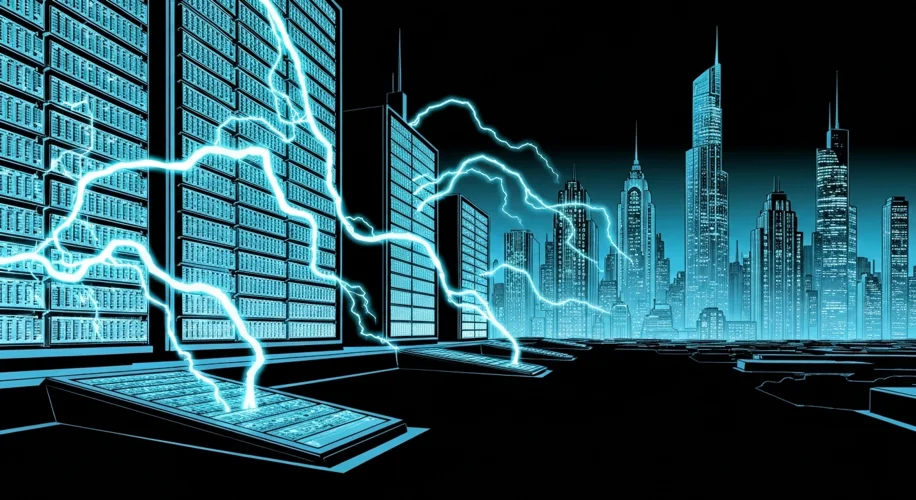It’s fascinating to see how new technologies, even those as abstract as Artificial Intelligence, have such tangible impacts on our everyday lives – and our wallets.
As an archivist with a deep appreciation for the history of technology, I’ve often noted how each major innovation brings its own set of infrastructural demands. From the early telegraph wires that spanned continents to the vast server farms powering today’s internet, progress has always required a physical backbone.
Today, that backbone is increasingly electricity. The current boom in Artificial Intelligence development across the United States is creating an unprecedented demand for power. Think about it: massive data centers filled with specialized computer chips (GPUs) are working non-stop to train and run complex AI models. These operations are incredibly energy-intensive.
We’re already hearing warnings about potential sharp increases in electricity prices. Why? Because the grid wasn’t necessarily built with this kind of concentrated, continuous high-wattage demand in mind. Suddenly, the infrastructure that seemed robust enough for our previous technological needs is being stretched thin.
This isn’t just about keeping the lights on for Silicon Valley startups. This increased demand could disproportionately affect smaller businesses and households. Imagine a local bakery or a neighborhood restaurant trying to operate when their energy costs surge. It puts them in a difficult position.
Historically, we’ve seen similar patterns, albeit on different scales. When the automobile first emerged, it spurred massive investment in roads and fueling stations. The early days of widespread electrification in the early 20th century required a complete overhaul of our power generation and distribution systems. Each wave of innovation necessitates adaptation, and the AI wave is no different.
The sheer computational power required for AI means more servers, more cooling systems, and therefore, a greater need for reliable and abundant electricity. This has broader economic consequences, impacting everything from manufacturing costs to the affordability of essential services.
It’s a crucial moment where we must consider how our existing infrastructure can meet the demands of this powerful new technology. The ingenuity that drives AI must be matched by foresight in how we power its growth. Understanding these demands is the first step in navigating the economic shifts ahead.

